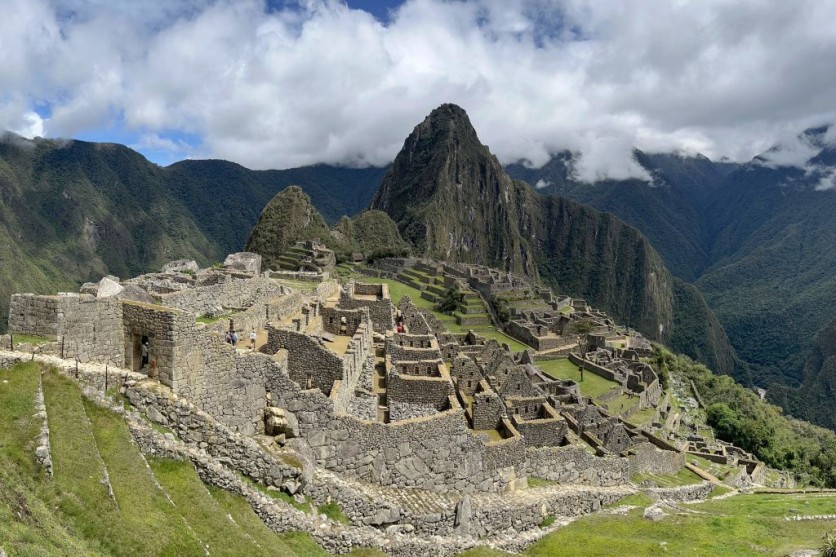A team led by an archaeologist from the University of Illinois Chicago has uncovered a temple constructed by the Wari Empire 1,200 years ago at the Pakaytambo site in southern Peru (A.D. 600-1000).
The D-shaped temple was constructed atop a sizable platform with neighboring buildings that would have served as residences for Wari religious leaders and other individuals connected to the Wari Empire.

The Wari Empire
David Reid, a UIC postdoctoral research associate in anthropology and the study's author, claims that the Wari, who dominated a large portion of modern-day Peru, exercised authority over the region through a variety of strategies, from the use of force to the development of trade routes.
"One of the most effective ways of bringing people into the empire was through shared beliefs and religious practices," Reid said in a press release statement.
"Open plaza spaces associated with the temple complex at Pakaytambo would have allowed local communities to participate in ritual gatherings organized by the Wari."
He also points out how important such ceremonial occasions would have been in preserving political authority throughout the vast Wari Empire.
Pakaytambo was strategically founded during the Middle Horizon period, more than 1,000 years ago, on a prehistoric transit route at a crucial ecological and political site between the foothills of the Andean highlands and nearby coastal valleys of Arequipa.
From 450 and 1000 CE, the Wari civilization thrived in the coastal and highland regions of ancient Peru.
The Wari, who had Huari as their capital, used their possession of a variety of landscapes to their advantage to build an empire with provincial capitals linked by an extensive road system.
Their strategies for preserving an empire and sense of artistic style would have a big impact on the subsequent Inca civilization, according to World History Encyclopedia.
D-shaped Temples
This newly-discovered temple is one of the many Wari D-shaped temples that have been found in Peru, where the Wari state's expansion and influence were previously unknown.
Pakaytambo was detailed in the new study in terms of its architectural canons, site chronology, and material changes in light of larger developments occurring in the late Middle Horizon. It also offers valuable insights into how public ritual and performance in areas outside of a state's heartland established governmental authority.
The National Science Foundation and the Wenner-Gren Foundation also provided funding for the study. The finding of the ancient temple was reported in the Journal of Anthropological Archaeology.
Related Article : Archaeologists Find an Extremely Rare 1,300-year-old Gold and Gemstone Necklace From a Medieval Woman in England

![Apple Watch Series 10 [GPS 42mm]](https://d.techtimes.com/en/full/453899/apple-watch-series-10-gps-42mm.jpg?w=184&h=103&f=9fb3c2ea2db928c663d1d2eadbcb3e52)



